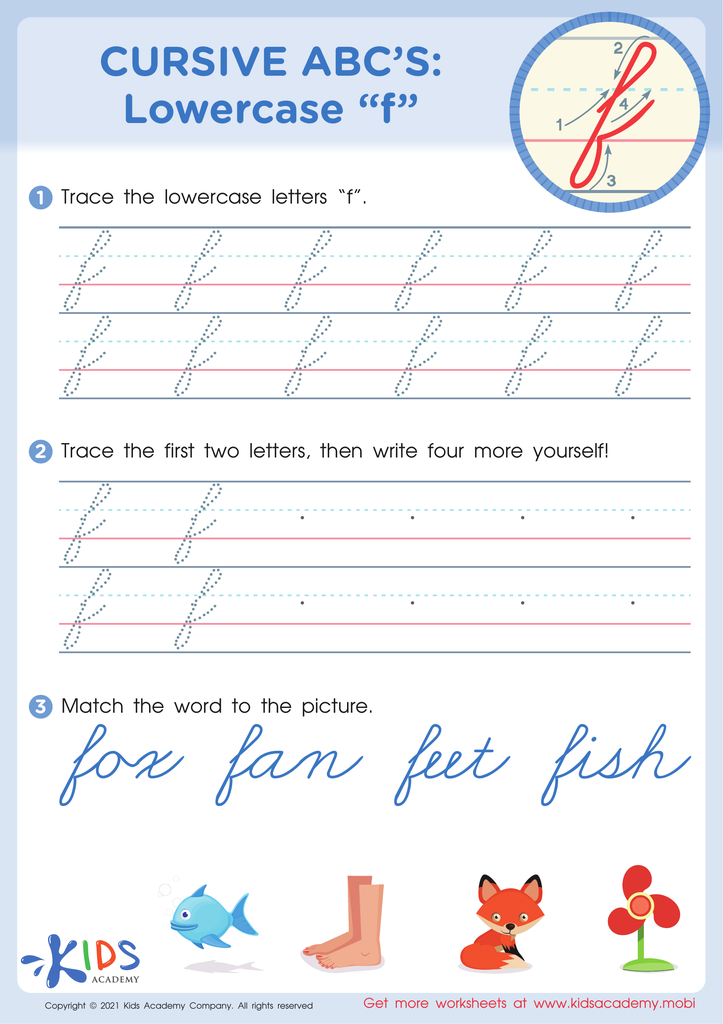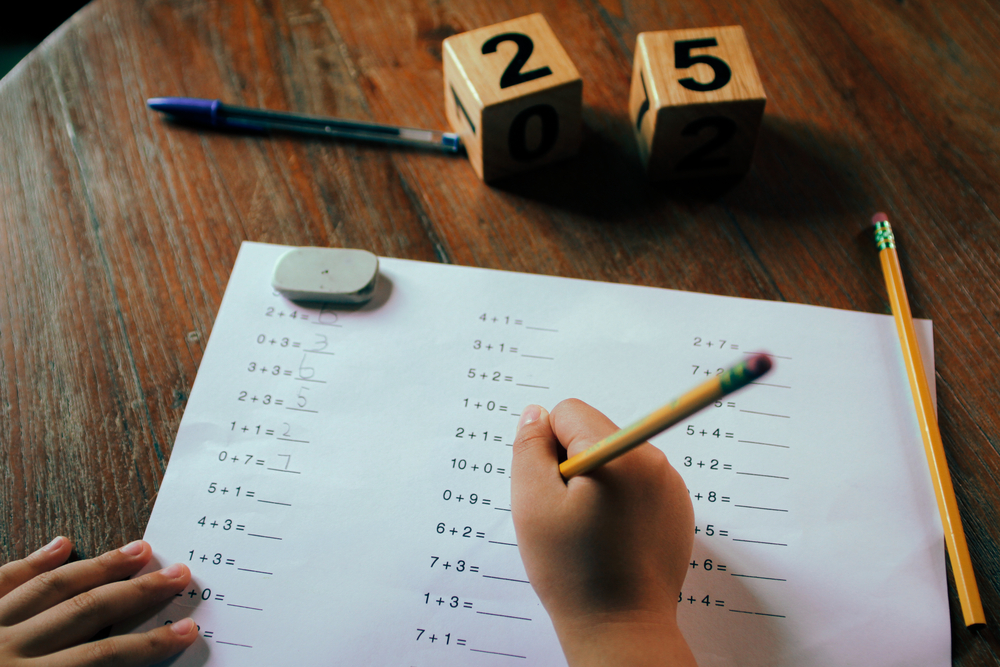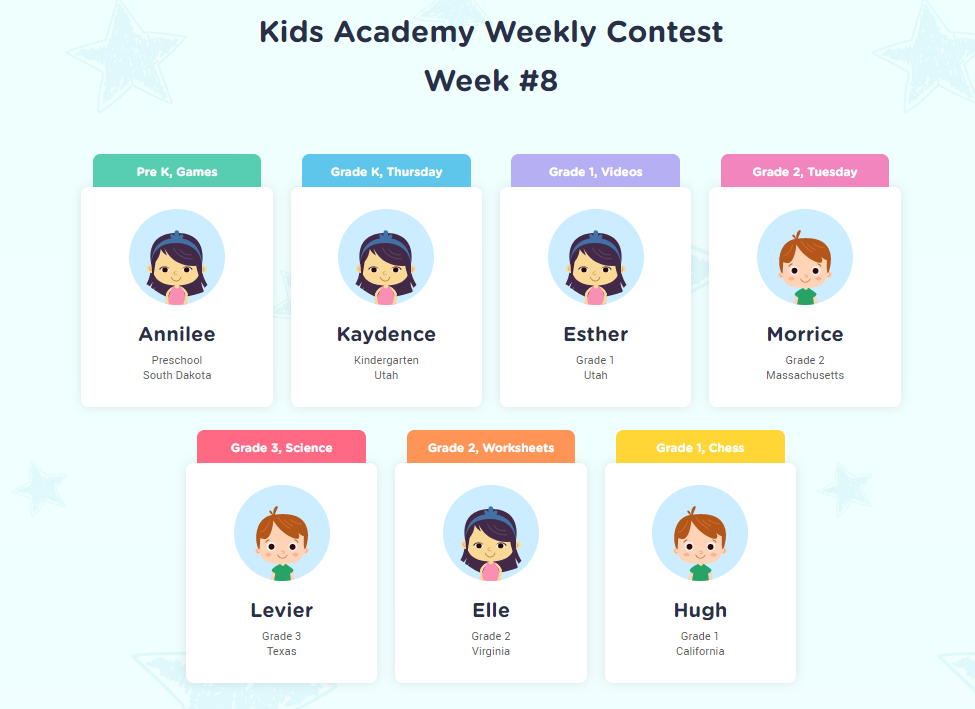Lowercase "f" mastery Worksheets for Kids
1 filtered results
-
From - To


Cursive ABCs: Lowercase f
Question/Answer
Why is the Lowercase "f" mastery skill important for Grade 3 students?
Mastering the lowercase "f" is important for Grade 3 students because it strengthens their handwriting skills, ensuring clear and legible writing. This skill is crucial for effective communication in both academic settings and daily life. Additionally, proficiency in writing the "f" helps in learning cursive writing, which is often introduced around this grade level.
How to train the Lowercase "f" mastery skill in Grade 3 students learning about Cursive Letters?
To train Grade 3 students in mastering the lowercase "f" in cursive, start by demonstrating the stroke pattern slowly: begin with a small loop up and around to the left, then pull down below the baseline, and finally, loop back up to the midline, crossing at the midpoint.
How does the mastery of the Lowercase "f" mastery skill affect a student's performance at an early age?
The mastery of the lowercase "f" at an early age significantly benefits a student's performance by enhancing their handwriting fluency and overall literacy skills. It helps in building a strong foundation for reading and writing, improving spelling accuracy, and contributing to a smoother transition into more complex literacy tasks. This can boost self-confidence and encourage a positive attitude towards learning.












